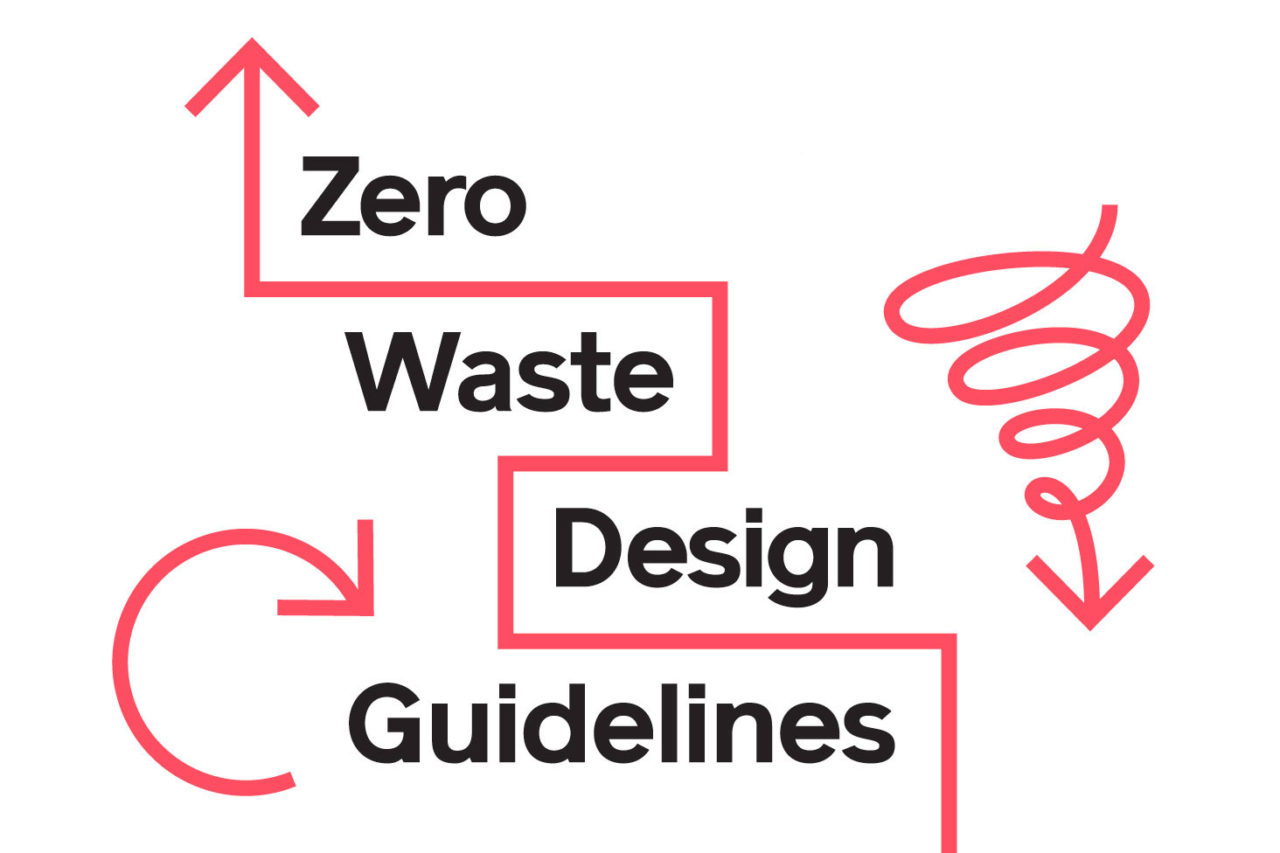
Download the Guidelines and try the Waste Calculator at ZeroWasteDesign.org →
In October 2017, the Center for Architecture launched the Zero Waste Design Guidelines, made possible with support from The Rockefeller Foundation and developed in collaboration with the AIANY Committee on the Environment; Kiss + Cathcart, Architects; ClosedLoops; and the Foodprint Group. The guidelines are intended to help New York City achieve its OneNYC plan, released in April 2015, which outlines a bold goal of sending zero waste to landfills by 2030—and to help other cities seeking to fulfill their own commitments to waste reduction.
The Zero Waste Design Guidelines address the crucial role that design plays in achieving NYC’s ambitious goal, outlined in OneNYC, to send zero waste to landfills by 2030. As a resource to help designers, building operators, and planners, they will encourage the collaboration needed to dramatically reduce waste and work toward greater adoption of circular material flows.
The guidelines were developed through a collaborative process starting in January 2017. More than 100 collaborators—including environmental psychologists, building superintendents, private haulers, city planners, biomimetic experts, and marketing consultants—engaged in multidisciplinary workshops at the Center for Architecture. The guidelines team visited more than 40 buildings and held discussions with porters and supers to fully understand waste collection issues across building types.
From the micro-scale of the building to the macro-scale of the city, the guidelines encompass design strategies and best practices for reducing waste generation, increasing capture rates, and diverting more waste through new diversion streams. These practices range from co-location of waste and recycling bins at building sites to waste metering for individual households and the creation of shared collection facilities between buildings. The publication also offers a comprehensive review of current rules and standards, including DSNY regulations, building code and zoning requirements, and LEED credits, regarding waste collection at different scales. Each section—residential, commercial, city-wide collection and urban design, and construction and demolition—addresses different typologies, recognizing the importance of offering case-by-case solutions instead of opting for a one-size-fits-all approach.
The Zero Waste Design Guidelines also include implementation strategies to encourage the widespread use of the guidelines, policy suggestions, and research recommendations to help guide these policy changes in the city. Like the Active Design Guidelines, developed by city agencies in collaboration with AIA New York, the principles of the Zero Waste Design Guidelines could become commonplace for developers and architects or required in city agency RFPs.







